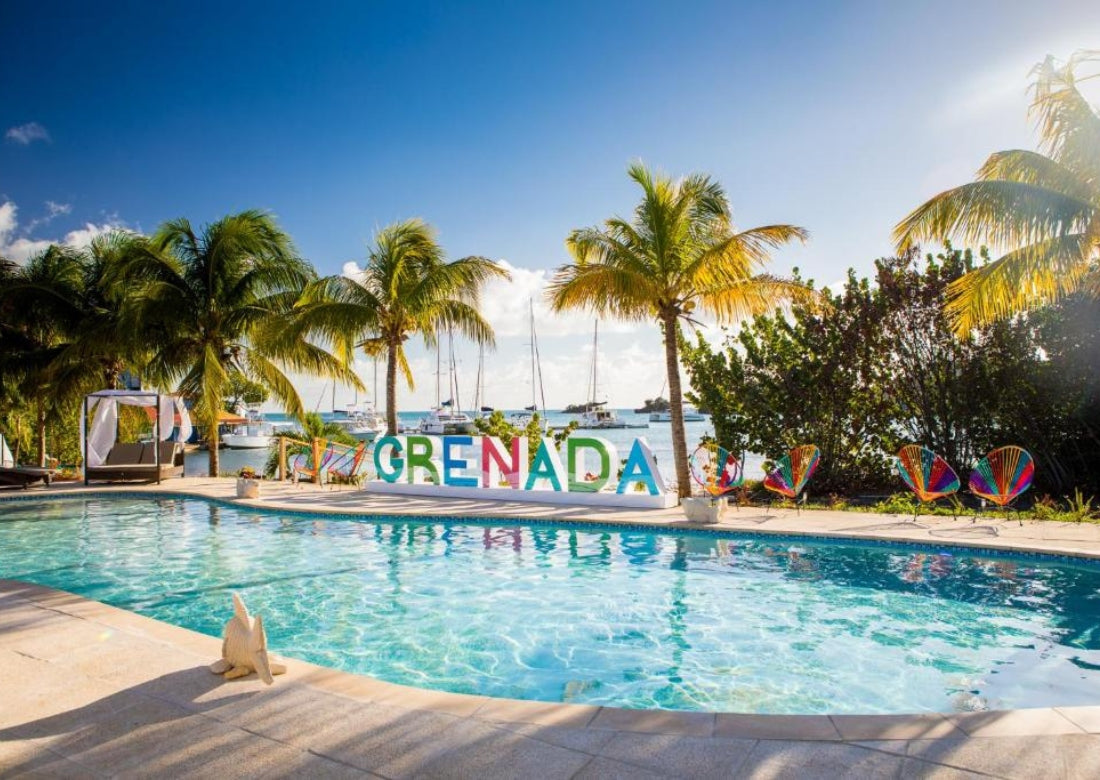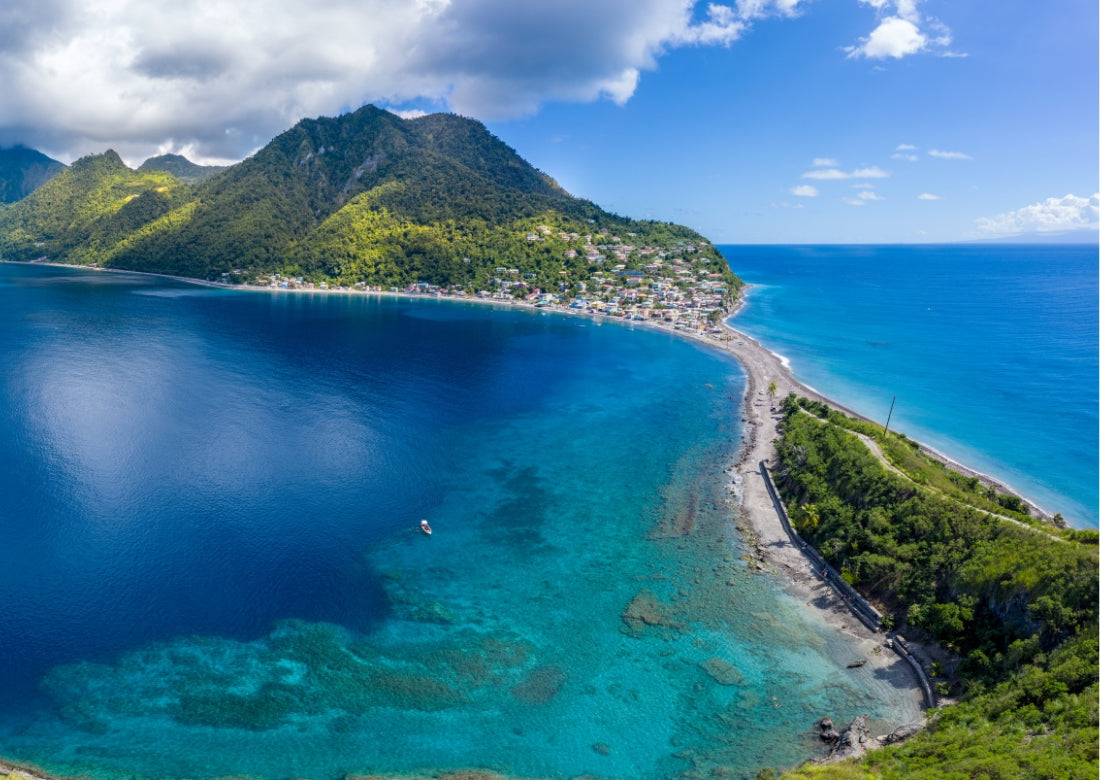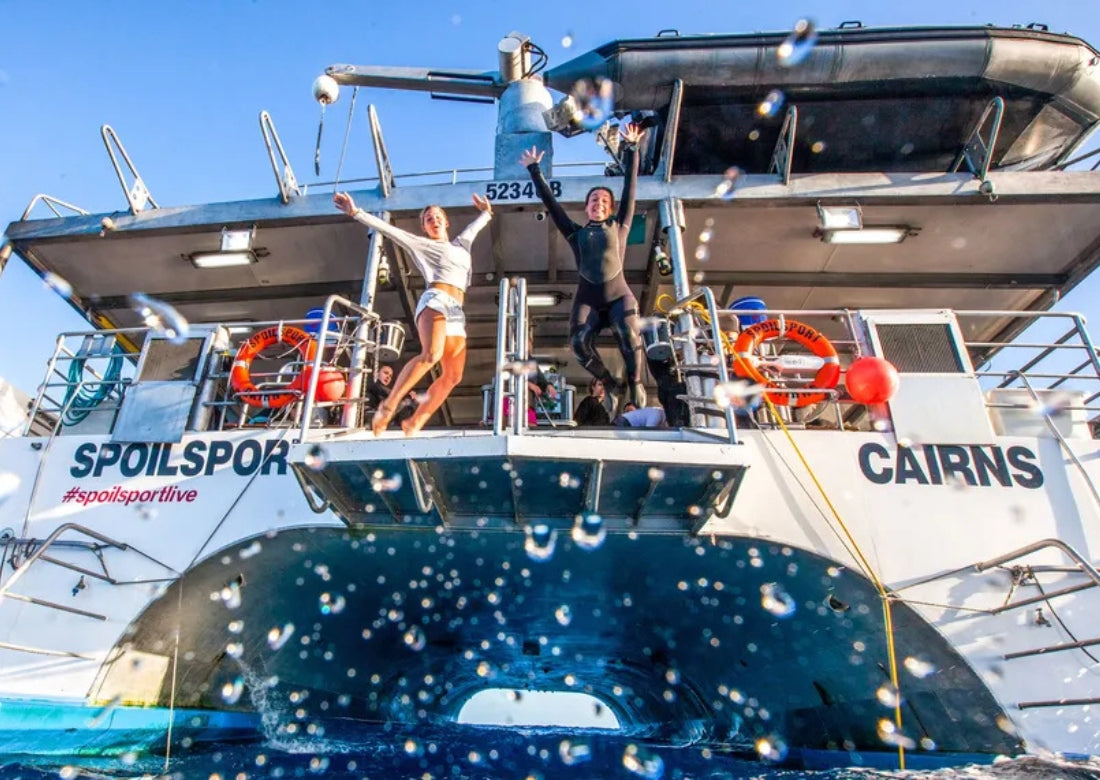1000 Islands Diving

The 1000 Islands area is known as one of the world’s best freshwater diving destinations. Many local divers call it the “Caribbean of the North”. Like its southern cousin, the crystal clear waters around this 1864-island archipelago in the Saint Lawrence River are the final home for ships from around the world. Over 200 shipwrecks, some dating back to the War of 1812, are preserved beneath the surface here. So let us look at a few of the best dive sites in the 1000 Islands area, as well as the conditions and underwater life you are likely to encounter there.
Conditions
Water temperatures in Saint Lawrence River range dramatically throughout the year but are usually pleasantly warm most of the summer. You can expect around 68-75 F (20-24 C). Additionally, there is no thermocline in this area, meaning that the surface and deep waters are usually within a couple of degrees of each other and allowing for very comfortable diving.
The water clarity provides excellent underwater visibility. Although zebra mussel is an invasive species in the Saint Lawrence, it has helped clean up the river. Horizontal visibility of 50-70 feet (15-21 meters) is not unusual most of the year. Late summer and early fall offer the best visibility ranging from 60 to 100 feet (18-30 meters).
Beware, in some areas of the river, current can be significant, requiring intermediate to advanced diving skills. That being said, there are dive spots for novice divers as well.
Underwater Life
As we’ve mentioned before, lots of divers come to the 1000 Islands to explore the historic shipwrecks resting on the bottom of the Saint Lawrence River, but the region is also known for its rich wildlife. Amongst the billion-year-old underwater mountains left to us from before the flood of the ice age you can spot lots of interesting plants and fish. The plummeting rock walls are covered in startlingly dense carpets of anemones. The gentler slopes are home to everything from bowfin and catfish to rainbow trout, pink salmon, yellow perch and largemouth bass. Overall, over 80 species of fish have been identified in the Saint Lawrence River. You might also come across muskrats, otters , and beavers, and if you’re lucky the at-risk Blanding’s turtle.
Shipwrecks
For many years, the Saint Lawrence River has been the main shipping route between the Great Lakes and the Atlantic Ocean. Nowadays, you can see that history in the ships that line the bottom. From wooden schooners to war battleships to modern-day freighters, over 200 vessels met their fate here, each with its own story to show. Here are some of them.
Arizona
Latitude: 44° 7' 22.1988" N
Longitude: -76° 23' 1.2012" W
Depth: 30 ft (9.1 m)
Difficulty Level: Novice
Year Built: 1868
Year Sank: 1922
The wreck of a wooden steamer Arizona is now located southwest of the ferry landing on the south shore of Wolfe Island. Measuring around 188 feet long by 33 feet in beam, the vessel was launched in 1868 and has been rebuilt several times during its lifetime. Although the Arizona was one of the oldest steam barges on the Great Lakes when it was lost, the ship was still in good repair. In December 1922 the Arizona caught fire at the Cape Vincent breakwall. The raging fire onboard prevented the vessel from being towed into deep water and it sank at its moorings. Later the ship remains were dynamited to prevent it from being a navigational hazard. Nowadays, the wreck is a popular dive site, accessible to beginner divers.

Rothesay
Latitude: 44° 41' 57.9984" N
Longitude: -75° 31' 40.0008" W
Depth: 25 ft (7.6 m)
Difficulty Level: Novice
Year Built: 1867
Year Sank: 1889
Built in 1867 at St. John, New Brunswick, the Rothesay was a 193 ft. x 28.8 ft. x 7.9 ft. twin sidewheel passenger steamer. Initially, it sailed between Fredericton and St. John but was later relocated to serve on the St. Lawrence River. The ship was carrying passengers between Brockville and Montreal when, on Sept. 12, 1889, it collided with the tug Myra and sank at its present location. Although no-one was lost from the Rothesay two crewmen on the tug were killed. In 1901 a group from the Royal Military College, Kingston used this wreck for explosives practice which flattened its midsection. The ship’s bow and stern remain relatively intact, including the paddle wheels, the rocker arm , and the twin boilers.
Due to easy access from shore and hardly any current at depth, the Rothesay is now one of the most popular wreck sites of the 1000 Islands. A picnic area and staircase to the river’s edge lead you to a shore entry where divers follow a rope system to the wreck. The river bottom here is firm clay with weed growth between the Rothesay and the shore. Bring a light to see into the chain locker and hold. A float with a dive flag is another must, as the boat traffic in the area can be heavy.

Keystorm
Latitude: 44° 25' 46.0812" N
Longitude: -75° 49' 21.7812" W
Depth: 25 - 115 ft (7.6 - 35 m)
Difficulty Level: Novice - Intermediate
Year Built: 1908
Year Sank: 1912
The Keystorm was a cargo steamer built in 1908 in Wellsend, England for the Keystorm Transportation Company of Montreal. It measured 250 feet in length with a 42.5-foot beam, 2 boilers, and triple expansion, 3 cylinder engine. On October 26, 1912, the Keystorm was carrying 2230 tons of Bituminous coal bound for Ashtabula, Ohio. It was a night with much fog and 45 min. past Alexandria Bay the ship crossed over Outer Scow Island Shoaland. The Keystorm slid off of the shoal and finally sank in deeper water. While the coal cargo was recovered seven years later, several attempts to raise the ship using steel pontoons failed.
The wreck now rests on its starboard side and is excellent for divers of all levels. Beginners can stay in the bow area, which sits in about 30 feet of water, while experienced divers can explore the stern and engine room at 110 feet deep. The diving conditions are usually quite comfortable here with no current and good visibility, but this is a popular site for dive operations so it may get crowded, which means the silt can be an issue.

America
Latitude: 44° 27' 1.08" N
Longitude: -75° 48' 35.3988" W
Depth: 70 ft (21 m)
Difficulty Level: Intermediate
Year Built: -
Year Sank: 1932
The America, as it is most commonly referred to, was actually named the "American" and served as a blasting barge to dynamite shoals along the St. Lawrence River. This 297-ton steam screw drill barge sank on July 29, 1932 due to an accidental explosion. Nowadays, the wreck sits upside down at 70 feet depth right in the St. Lawrence shipping channel with huge lake freighters passing directly overhead, so you should use caution when diving this site. The America’s underside can be easily penetrated, with access to the outside from both sides.
Boats typically moor to a huge concrete block next to the channel (in about 20 ft of water) and from there, the divers follow an old anchor chain to the wreck. Beware of the current when traversing the guideline. Those who wish to dive the America should also have excellent buoyancy control. Underneath the wreck lies a heavy layer of oily silt, so care must be taken not to touch or drop down into the silt, lest your gear becomes coated with black oil.
Muscallonge
Latitude: 44° 36' 17.28" N
Longitude: -75° 39' 11.9412" W
Depth: 100 ft (30.5 m)
Difficulty Level: Intermediate
Year Built: 1896
Year Sank: 1936
This wooden steamer was originally launched at Port Huron, Michigan April 23, 1896 and named Vigilant. In 1913 it was renamed Musallonge. At 128 feet long and 372 tons, the “Muskie” was the largest tug on the river when she sunk in 1936 just east of Brockville. The steamer was towing a barge with a cargo of crude oil from Montreal to Toronto when it caught fire. The Captain drove the burning tug to shore where all of the crew got off safely but attempts to save the ship failed. The fuel tanks finally exploded, the Muscallonge broke in two and collapsed into the water. The “Muskie” now sits at a depth of nearly 100 feet on a firm clay bottom, about 300 feet off the Brockville shoreline. Although the evidence of fire are clear, the boiler, winches, engine and other ship parts are still there to see and remain quite impressive.
Sir Robert Peel
Latitude: 44° 18' 2.4012" N
Longitude: -75° 59' 10.5612" W
Depth: 125 ft (38 m)
Difficulty Level: Advanced
Year Built: 1837
Year Sank: 1838
The Sir Robert Peel was a sidewheel passenger steamer built at Brockville, Ontario in 1837. It was a luxurious vessel 115 feet in length, and 20 feet beam, with a promenade, extending about two thirds the length of the Boat. It was expected to be one of the fastest boats in the Northern Waters. During its first navigation season, the steamer made several voyages touching at Kingston, Toronto and Oswego on Lake Ontario, and Port Stanley and Rondeau on Lake Erie. In 1838 the Sir Robert Peel took part in a few competitive races with the rival steamer Great Britain. During one of these trips on May 16th the Sir Robert Peel caught fire. An ignited stick fell from the furnace into a pail of oil, producing a small explosion. There was general panic but the fire was quickly extinguished before causing any damage and the steamer arrived in Oswego safely. Just a few weeks later, however, the boat met its tragic end.
On a dark and rainy night of May 30, 1838, the Sir Robert Peel stopped on Wellesley Island to replenish the supply of cord wood for its steam engine. The boat was on its way from Brockville to Toronto with nineteen passengers and 20,000 Pound Sterling, payroll for the troops in the Upper Province. While the crew loaded on wood, a group of men, allegedly led by the infamous pirate “Captain Bill Johnson,” and disguised as Native American savages attacked with bayonets and muskets. The passengers and crew were ordered ashore. Intending to confiscate the ship, the attackers tried to light the boilers, but not knowing the procedures, they drifted into the channel and ran aground on a nearby shoal. Before daybreak, the Sir Robert Peel was set on fire, burned to its waterline and sank. The wreck now rests in 120-135 ft of water with its boiler sitting in about 80 ft of water. It’s a popular attraction among scuba diving history buffs, as the event of the burning of the Peel was part of the conflict known as the Patriot Wars.
Roy A. Jodrey
Latitude: 44° 19' 51.3588" N
Longitude: -75° 56' 3.1812" W
Depth: 254 ft (77.5 m)
Difficulty Level: Technical
Year Built: 1965
Year Sank: 1974
Built in 1965 for the Algoma fleet, the Roy A. Jodrey was a relatively modern 640 foot long Canadian self unloader. When it began its career hauling bulk cargoes, Jodrey was one of the largest lakers ever built on the Great Lakes. Some of the vessels built at the same time are still working for various Great Lakes fleets. Jodrey, however, was not that lucky. On the night of November 20th 1974, the ship was bound for Detroit with 20,000 tons of iron ore in its hold. While traveling upbound on the St. Lawrence River, it ran aground near Pullman’s shoal and quickly began taking on water. Realizing that the damage was extensive, the captain attempted to beach the ship at the dock of Coast Guard station, however, the damage was too big for the ship to stay afloat and it slipped from its foothold on the shore and sank to the river bottom. Upon impact, a 10-15 second long tremor was heard followed by a power blackout that affected the Coast Guard station itself. The ship had severed the underwater cable supplying power to parts of the Island. Fortunately, all 29 crew members of Roy A. Jodrey were safe, having abandoned ship.
Nowadays, the Jodrey is one of the most impressive and beautiful wrecks in the 1000 Islands region. The wall that it sits below drops off almost vertically from 5 feet to more than 230 feet. The wreck itself rests on a 40 to 45 degree list on its starboard side. The first thing that comes into view once you reach it is the bow railing, the wheel house and the ship mast at about 150 feet. As you descend, you get to the main deck between 180 feet and 200 feet. From there, you may travel along the port railing and will eventually reach the stern, 600 ft further at an average depth of 210 feet. When coming back, you are likely to experience a cross current of 3 to 4 knots. As for the bow section, the current is rarely over 1 or 2 knots.
Keep in mind, this wreck is located in deep, dark and fast moving water and is accessible only to expert divers. Do not attempt to dive it if you don’t have adequate training and experience.






Hello I’m interested in snorkeling the shipwrecks or diving. Do you have any availability this weekend or next and what are the prices?
Thank you